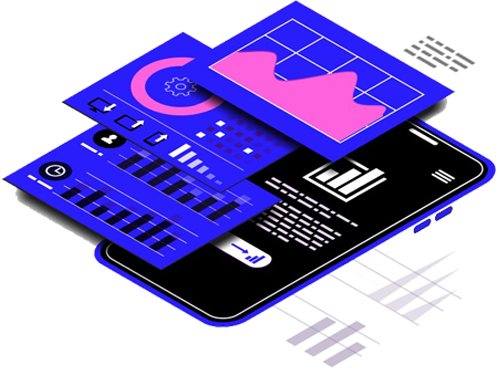
When talking about UX, most people focus on usability and ease of use. However even more important is the usefulness of your product or service. Does it add value? Does it save time? Does it provide for a better experience? How is it better than the alternatives? Ensuring that your product or digital experience is not only user-friendly but is also useful is at the core of every successful UX strategy.
And deciding whether it is useful or not shouldn’t be up to you or project stakeholders. It should
be up to the end-user. So make sure to validate every single feature and focus only on the
things that truly make a difference. This way you will prevent a scope-creep and will deliver a
truly user-centric experience

.png)
A great first step is to select 3-5 core content categories for your brand. These will be the overarching topics that every piece of content you create should relate to in some way.
For example, if you run an Etsy store that sells vintage tees, your core categories may be product listings, style, and sustainability. Anything you post should fall into at least one of these buckets
Setting your categories first will not only help make your niche clear to potential customers, it will also keep you focused on what’s most relevant in your ideation phase.
Knowing what types of content you want to create for which platforms is another helpful step for speeding up your content creation. This step is pretty simple. All you need to do is identify your most important marketing channels (e.g., Instagram, LinkedIn, blogging, and email marketing), then figure out the exact content formats you need for each channel (e.g., Instagram post, Instagram Story, Instagram Reels, IGTV).
If you don’t already know the right channels for your brand, consider your target audience. Where are they spending most of their time? What kind of content would be most engaging for them?
.png)
.png)
A great first step is to select 3-5 core content categories for your brand. These will be the overarching topics that every piece of content you create should relate to in some way.
For example, if you run an Etsy store that sells vintage tees, your core categories may be product listings, style, and sustainability. Anything you post should fall into at least one of these buckets
Setting your categories first will not only help make your niche clear to potential customers, it will also keep you focused on what’s most relevant in your ideation phase.
The final, and arguably most important step in content creation is analyzing your content. Without data, you can’t know what’s working or how to improve it.There are several data points you could track when analyzing your content, so use your goals as a guide to set some parameters. Whatever you want to accomplish with your content will help you choose your metrics. (Remember that initial goal we talked about?)



.png)
.png)

.png)

.png)
